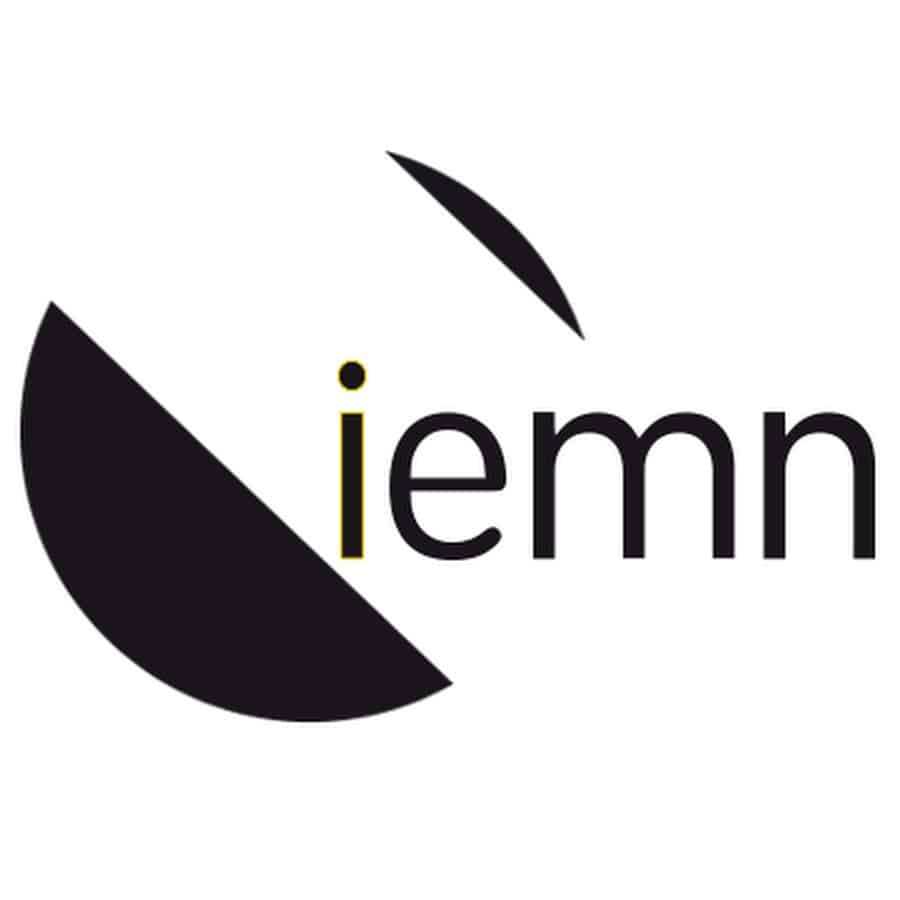Secure Transmission in NOMA Systems: An Efficient Resource Allocation Strategy Using Deep Learning
Résumé
Deep learning (DL) algorithms have been widely integrated in various aspects of wireless communications research. In this paper, we investigate, in an Internet of Things context, the secrecy energy-efficiency (SEE) of a multi-user downlink non-orthogonal multiple access (NOMA) system in the presence of a passive eavesdropper. Hence, we formulate the convex optimization problem as maximizing the SEE defined as the trade-off between the secrecy sum-rate and the power budget. Notably, this optimization problem has been recently solved in a closed form. The solution can also be utilized to efficiently maximize the ratio between the secrecy sum-rate and power consumption, requiring only a line search. This approach is then used to generate training, validation, and test datasets. Our method relies on a deep neural network designed for resource allocation. The benefits of using a deep neural network include achieving optimal resource allocation results while minimizing complexity and latency. The results presented in this paper highlight the superiority and efficacy of DL optimization compared to traditional iterative search methods.
Fichier principal
 Secure_Transmission_in_NOMA_Systems_An_Efficient_Resource_Allocation_Strategy_Using_Deep_Learning.pdf (761)
Télécharger le fichier
Secure_Transmission_in_NOMA_Systems_An_Efficient_Resource_Allocation_Strategy_Using_Deep_Learning.pdf (761)
Télécharger le fichier
| Origine | Fichiers produits par l'(les) auteur(s) |
|---|---|
| licence |
Copyright (Tous droits réservés)
|
